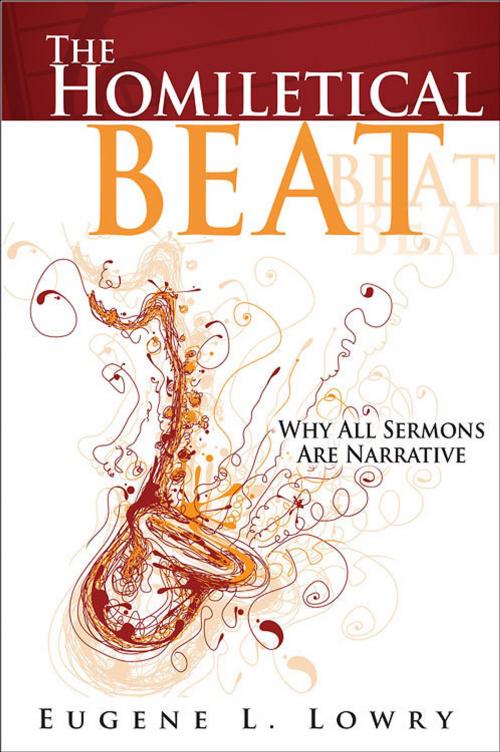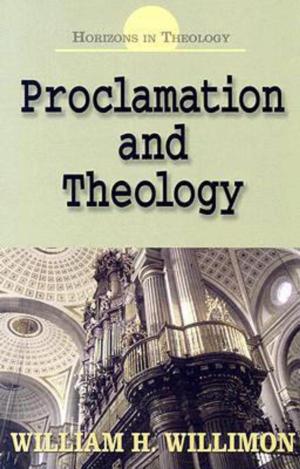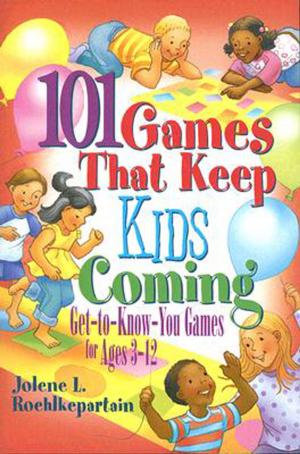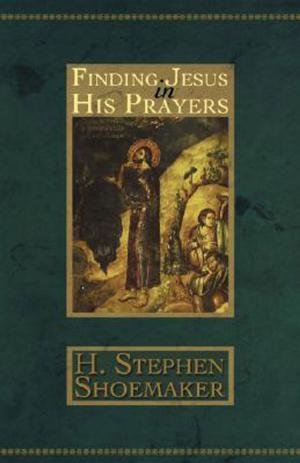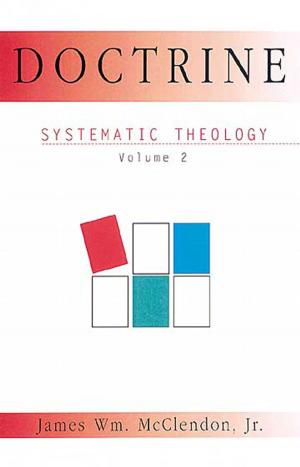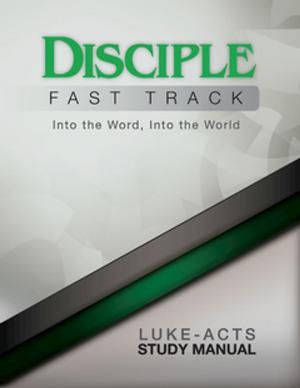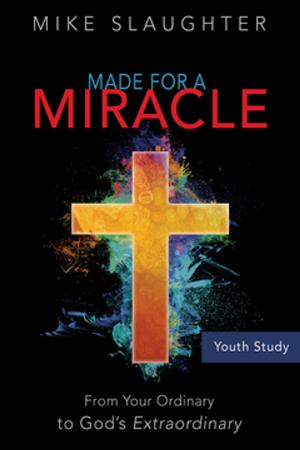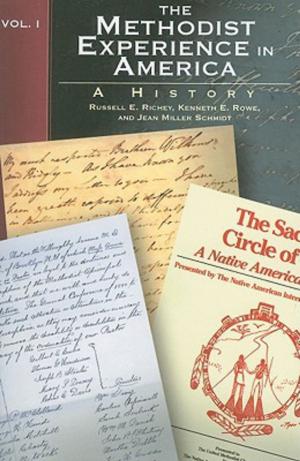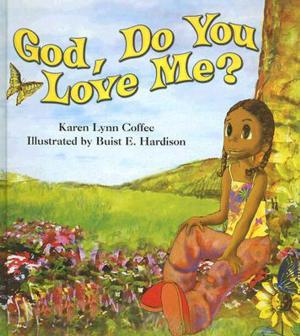The Homiletical Beat
Why All Sermons Are Narrative
Nonfiction, Religion & Spirituality, Inspiration & Meditation, Preaching| Author: | Eugene L. Lowry | ISBN: | 9781426761584 |
| Publisher: | Abingdon Press | Publication: | September 1, 2012 |
| Imprint: | Abingdon Press | Language: | English |
| Author: | Eugene L. Lowry |
| ISBN: | 9781426761584 |
| Publisher: | Abingdon Press |
| Publication: | September 1, 2012 |
| Imprint: | Abingdon Press |
| Language: | English |
Promoting the idea of sermon as narrative, Eugene Lowry's first book, The Homiletical Plot, became one of the most influential preaching books of the latter part of the 20th century. While the sermon as narrative has become conventional preaching wisdom, it is largely misunderstood.
Sermons are, by definition, narratives and as such, they have plots. At the same time, the sermon is not a story. While similar in many ways, narratives and stories are distinct. Therefore, to think of narrative preaching as merely one of many homiletical styles is to misunderstand and reduce the nature of the sermon. The sermon is more than just an option for the preacher; rather, it is, by definition, a narrative because it happens in time, not in space.
This changes everything because the sermon ceases to be something a preacher constructs, like a thesis or even a painting. Instead, it is more like a piece of music - something a preacher plays within intuitively, to a constant beat - time after time, week after week.
In light of this revelation, what are new strategic aims for sermon preparation and delivery?
Promoting the idea of sermon as narrative, Eugene Lowry's first book, The Homiletical Plot, became one of the most influential preaching books of the latter part of the 20th century. While the sermon as narrative has become conventional preaching wisdom, it is largely misunderstood.
Sermons are, by definition, narratives and as such, they have plots. At the same time, the sermon is not a story. While similar in many ways, narratives and stories are distinct. Therefore, to think of narrative preaching as merely one of many homiletical styles is to misunderstand and reduce the nature of the sermon. The sermon is more than just an option for the preacher; rather, it is, by definition, a narrative because it happens in time, not in space.
This changes everything because the sermon ceases to be something a preacher constructs, like a thesis or even a painting. Instead, it is more like a piece of music - something a preacher plays within intuitively, to a constant beat - time after time, week after week.
In light of this revelation, what are new strategic aims for sermon preparation and delivery?
